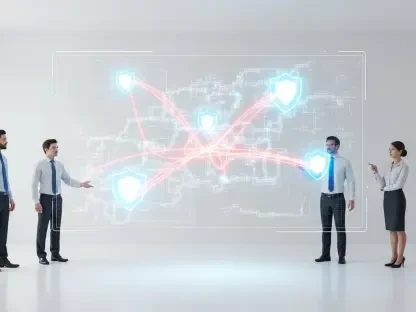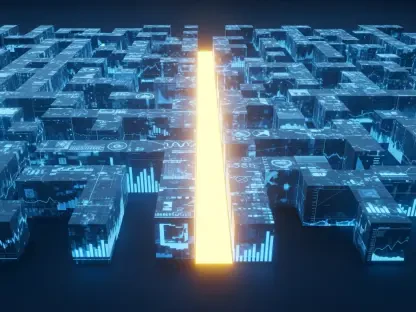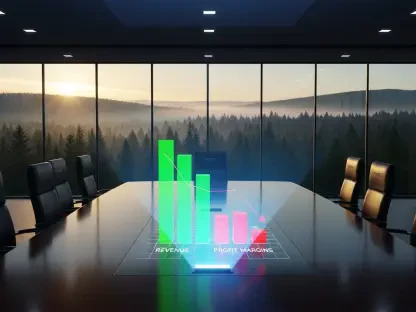The evolving role of Transmission System Operators (TSOs) amid the ongoing energy transition is marked by a significant shift towards decentralized and renewable energy sources such as solar, wind, and hydroelectric power. As these changes unfold, the impact on risk management and insurance practices becomes increasingly crucial for navigating this new landscape.
Energy Transition Drives Change
TSOs are at the forefront of integrating a diverse and decentralized mix of power sources into the existing grid. Traditionally designed around centralized, large-scale power plants, the grid now faces potential bottlenecks due to the influx of distributed energy sources. These shifts necessitate an agile response from TSOs to effectively manage these new dynamics and ensure stable power transmission.
Investment and Infrastructure Needs
To meet future energy demands, significant upgrades, extensions, and interconnections are imperative. However, supply chain issues pose a formidable challenge, potentially limiting the purchasing power of TSOs and driving up costs. These necessary investments are pivotal for accommodating the changes imposed by the energy transition and maintaining a resilient power infrastructure.
Risk Management Adaptations
As the energy landscape evolves, TSOs must refine their risk management strategies to address the increasing volatility and dynamic exposures. A greater emphasis on risk retention strategies allows TSOs to build operational reserves without depleting short-term capital. This proactive approach to risk management is essential to tackle the unique challenges posed by the decentralized energy market.
Insurance Market Trends
The insurance market is witnessing a rise in property damage and business interruption rates for TSOs, particularly for offshore operators. The past decade has seen onshore installation rates nearly double, while offshore installations have more than tripled. Despite these increases, TSOs are still viewed as relatively low-risk entities with stable revenue streams, thus attracting significant interest from insurers.
Overarching Trends
Recent trends indicate that the subsea cable market is softening due to improved loss ratios, with insurers becoming more comfortable with technological advancements in this area. Additionally, both operational and construction risk markets are experiencing new capacity and rate reductions, signaling a more favorable insurance environment. This shift highlights insurers’ increasing comfort with and interest in the relatively low-risk profile of TSOs.
Key Findings
The article underscores that TSOs possess widely distributed, resilient, and well-monitored assets, which make them attractive to insurers. Technological advancements in subsea cables and a growing market appetite for operational and construction risks are driving down rates and expanding coverage options. Effective risk management and financing strategies are critical for TSOs to navigate the evolving landscape, emphasizing the importance of optimizing risk retention and transfer strategies.
Conclusion
The role of Transmission System Operators (TSOs) is undergoing significant changes as the energy sector transitions towards decentralized and renewable energy sources, including solar, wind, and hydroelectric power. This shift is fundamentally altering how TSOs operate and necessitates updated approaches to risk management and insurance. Traditional energy systems centralized around fossil fuels are becoming less relevant as renewable sources gain prominence. Consequently, TSOs are tasked with integrating and managing these intermittent sources, which introduces new challenges in maintaining grid stability and ensuring consistent supply. Risk management now must evaluate the unpredictability of weather-dependent energy sources, requiring advanced forecasting and real-time response strategies. Simultaneously, insurance policies need to adapt to cover potential disruptions specific to renewable infrastructure, such as malfunctions in solar panels or wind turbines. In summary, the transformation towards a more decentralized, renewable energy landscape demands that TSOs evolve their operational strategies and that risk management and insurance frameworks are redefined to address new complexities and uncertainties in the energy market.









